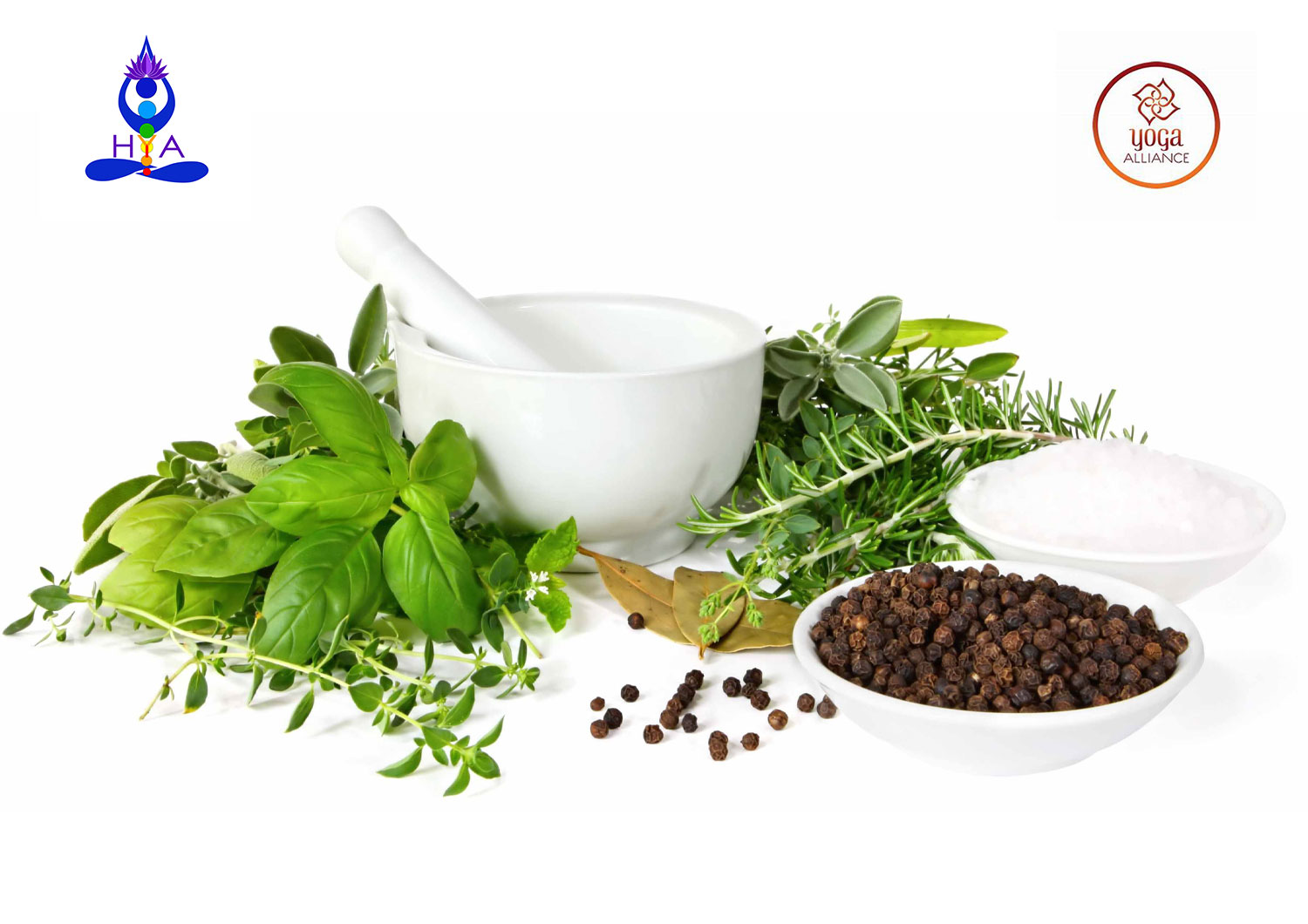
3 May 2020 HYN Himalayan Yoga Academy
Ayurveda is the science of life. ‘Ayu‘ stands for Life, and ‘Veda‘ stands for Knowledge. It is one of the branches of the Vedas. It is regarded as an Upaveda of Atharva-Veda but, really sense, it is a stream of the knowledge coming down from generation to generation since eternity parallel to the Vedic literature that is why its emergence has been said to be from the Rishis / Yogis himself before the the purity of life, particularly for body. It is also called eternal because nobody knows when it was not there. All this shows its long tradition and deep attachment to the Eastern culture and system. More about Ayurveda Science
Ayurveda, the Knowledge of Life, is a holistic system of medicine from the eastern world, particularly South Asia, which evolved from the Brahma sages of Himavat (Himalayan Belt) more than 3000 years ago. The principles and system of Ayurveda include our external and internal environments. The principles are derived from universal laws of nature that have changed little through time. With an objective and intuitive approach to gaining knowledge, it incorporates a deep understanding of the unseen intelligence of the universe.
Definition of Shareera (Body)
Dosa-dhatu-mala-mulam hi sariram —————————————-. [SS-XV / Body is originally composed of dosas, dhatus and malas and as such try to comprehend their characters being delivered hereafter.
Astanga Ayurveda – Tasya-ayurveda-sya -anyastauh ———————————————. [C. S.-XXX / 28]
1.Kayacikitsa (Medicine),
2. Salakya (dealing with disease of supra-clavicular region- ENT. & Ophthalmology),
3. Salyapahartrka (dealing with extraction of foreign bodies- Surgery),
4. Visa- gara – vairodhika-prasaman (dealing with alleviation of poison, artificial) poison and toxic symptoms due to take in antagonistic substance – Toxicology),
5. Bhuta Vidhya (dealing with sprint or organisms- Psychiatry Medicine),
6. Kaumarabhrtya (Pediatrics),
7. Rasayana (dealing with promotive measures – Rejuvenates),
8. Vajikarana (dealing with aphrodisiacs-Aphrodisiac) –a drug that arouses sexual desires
Fundamental Principles of Ayurveda
- The Pancha-Mahaa-bhutas and tri dosha -Five basic elements theory: Aakasha (Ether), Vayu (Air), Agni (Fire), Jala (Water), and Prithvi (Earth). Pancha tattva (Five elements), a origin of nature and mother of all existence is the first fundamental principles of Ayurveda, where as the nature is the mother of all regular existence and all discoveries today.
- The Tri-Gunas and tri dosha- Three Fundamental universal energies: viz – Sattvik, Rajasik, and Tamasik.
- The Tri-Dosas -Three Body Humors equanimity: Vata, Pitta and Kapha.
- The Sapta-Dhatus -Seven types of body tissues equanimity: Rasa (fluid) Dhatu, Rakta (blood) Dhatu, Mamsa Dhatu, Meda (fat) Dhatu, Asthi Dhatu, Majja Dhatu, and Sukra Dhatu.
- The TrayodosaAgni -Thirteen types of digestive fires harmony: Jatharagni (gastric fire), SaptaDhatvagni (Seven Tissues relate), and PanchaBhutagni ( Five elements relate).
- The Tri-Malas -Three types of Body Wastes regulation: Purisa (faeces), Mutra (urine), and Sveda (sweat).
Definition of Health – Samadosah-samagnis-ca –samadhatu-malakriyah ——————————–. [S. S.-XV / 41]
One whose Doshas like Agni, function of Dhatu and Malas are in the state of equilibrium and who has pleasent mind, wise and good senses are termed as optimum health (Uchcha Swastha).
Disease manifests as the opposite of some or all of the criteria for health listed above. It is the opposite of ease. That is dis + ease = disease. It is a state of disequilibrium or disharmony of the doshas, dhatus, agnis, and malas; the individual is out of harmony both internally and with relation to the environment and experiences unpleasant sensations and misery in some form (duhkya).
The Channel Systems (Srotamsi) -14
PRANAVAHA SROTAS– Channels that carry Prana, the breath or life-force, primarily the respiratory system and circulatory system. Originates in the heart and the GI tract, primarily the colon
ANNAVAHA SROTAS– Channels that carry food, the digestive system. Originates in the stomach and left side of the body
AMBHUVAHA SROTAS– Channels that carry water or regulate water metabolism. Originates in the palate and pancreas
RASAVAHA SROTAS- Channels that carry plasma (rasa), the lymphatic system. Originates in the heart and blood vessels
RAKTAVAHA SROTAS- Channels that carry blood (rakta), circulatory system. Originates in the liver and spleen
MAMSAVAHA SROTAS- Channels that supply muscles (mamsa), the muscular system. Originates in the ligaments and skin
MEDAVAHA SROTAS- Channels that supply fat or adipose tissue (medas), the adipose system. Originates in the kidneys and omentum
ASTHIVAHA SROTAS- Channels that supply the bones (asthi), the skeletal system. Originates in adipose tissue and the hips
MAJJAVAHA SROTAS- Channels that supply the marrow and nerve tissue (majja), mainly the nervous system. Originates in the bones and joints
SHUKRAVAHA SROTAS- Channels that supply the reproductive tissue (shukra), the reproductive system.Originates in the testes or the uterus
SVEDAVAHA SROTAS- Channels that carry sweat (sveda), the sebaceous system. Originates in adipose tissue and the hair follicles
PURISHAVAHA SROTAS- Channels that carry feces (purisha), the excretory system. Originates in the colon and rectum
MUTRAVAHA SROTAS- Channels that carry urine (mutra), the urinary system. Originates in the bladder and kidneys
